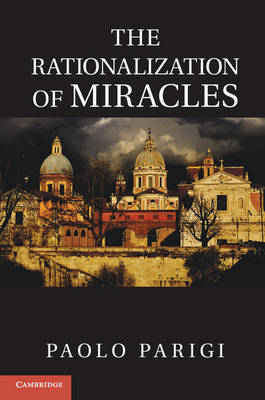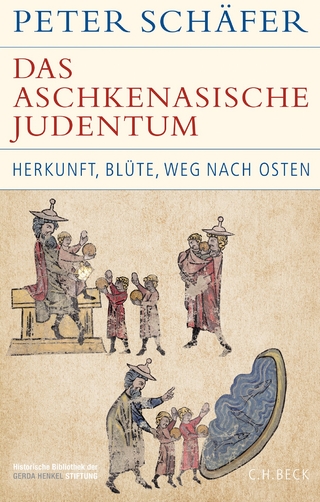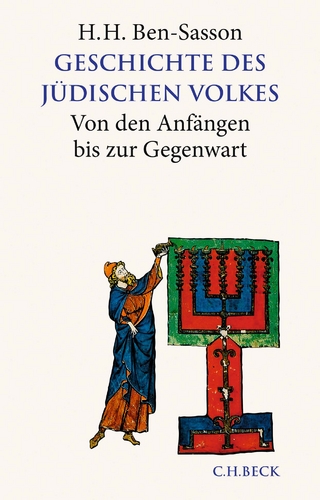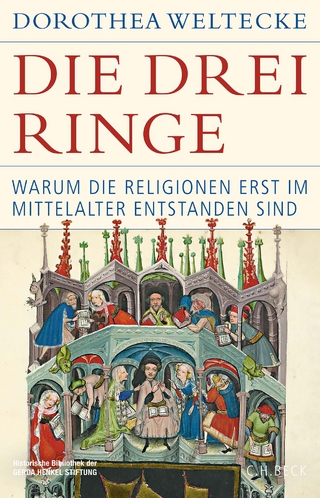
The Rationalization of Miracles
Seiten
2012
Cambridge University Press (Verlag)
978-1-107-01368-1 (ISBN)
Cambridge University Press (Verlag)
978-1-107-01368-1 (ISBN)
During the Counter-Reformation in southern Europe, Catholic Church officials legitimized miracles performed by candidates to sainthood. The Rationalization of Miracles uncovers a tacit understanding between central religious officials and local religious activists, from which the institutional field of modern sainthood emerged.
During the Counter-Reformation in southern Europe, Catholic Church officials developed rules to legitimize miracles performed by candidates to sainthood. The Rationalization of Miracles uncovers a tacit understanding between central religious officials and local religious activists. Each group had a vested interest in declaring miracles: Catholic Church leaders sought legitimacy in the wake of the crisis of faith created by the Protestant Schism and religious acolytes needed Church approval to secure a flow of resources to their movements. The Church's new procedure of deeming miracles 'true' when there were witnesses of different statuses and the acts occurred in the presence of a candidate's acolyte served the needs of both parties. And by developing rules and procedures for evaluating miracles, the Church rationalized the magic at the root of the miracles, thereby propelling the institution out of a period of institutional, political and social uncertainty and forming the basis of modern sainthood.
During the Counter-Reformation in southern Europe, Catholic Church officials developed rules to legitimize miracles performed by candidates to sainthood. The Rationalization of Miracles uncovers a tacit understanding between central religious officials and local religious activists. Each group had a vested interest in declaring miracles: Catholic Church leaders sought legitimacy in the wake of the crisis of faith created by the Protestant Schism and religious acolytes needed Church approval to secure a flow of resources to their movements. The Church's new procedure of deeming miracles 'true' when there were witnesses of different statuses and the acts occurred in the presence of a candidate's acolyte served the needs of both parties. And by developing rules and procedures for evaluating miracles, the Church rationalized the magic at the root of the miracles, thereby propelling the institution out of a period of institutional, political and social uncertainty and forming the basis of modern sainthood.
Paolo Parigi is Assistant Professor in the Sociology Department at Stanford University. He received his PhD from Columbia University in 2008.
1. The congregatio sacrorum rituum; 2. The living saint; 3. The acolytes; 4. The devil's advocate and the doctor; 5. Manufacturing true miracles.
| Zusatzinfo | 9 Tables, unspecified; 15 Line drawings, unspecified |
|---|---|
| Verlagsort | Cambridge |
| Sprache | englisch |
| Maße | 157 x 235 mm |
| Gewicht | 410 g |
| Themenwelt | Geschichte ► Teilgebiete der Geschichte ► Religionsgeschichte |
| Religion / Theologie ► Christentum ► Kirchengeschichte | |
| Sozialwissenschaften ► Soziologie | |
| ISBN-10 | 1-107-01368-2 / 1107013682 |
| ISBN-13 | 978-1-107-01368-1 / 9781107013681 |
| Zustand | Neuware |
| Haben Sie eine Frage zum Produkt? |
Mehr entdecken
aus dem Bereich
aus dem Bereich
Herkunft, Blüte, Weg nach Osten
Buch | Hardcover (2024)
C.H.Beck (Verlag)
39,00 €
Von den Anfängen bis zur Gegenwart
Buch | Hardcover (2022)
C.H.Beck (Verlag)
34,00 €
warum die Religionen erst im Mittelalter entstanden sind
Buch | Hardcover (2024)
C.H.Beck (Verlag)
38,00 €


